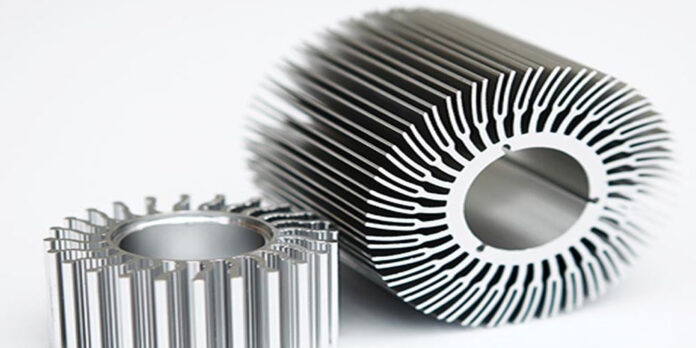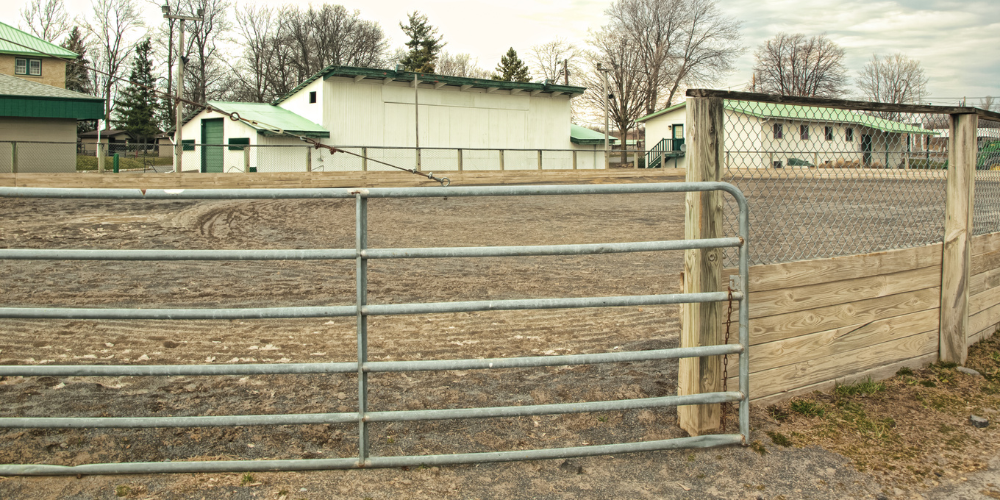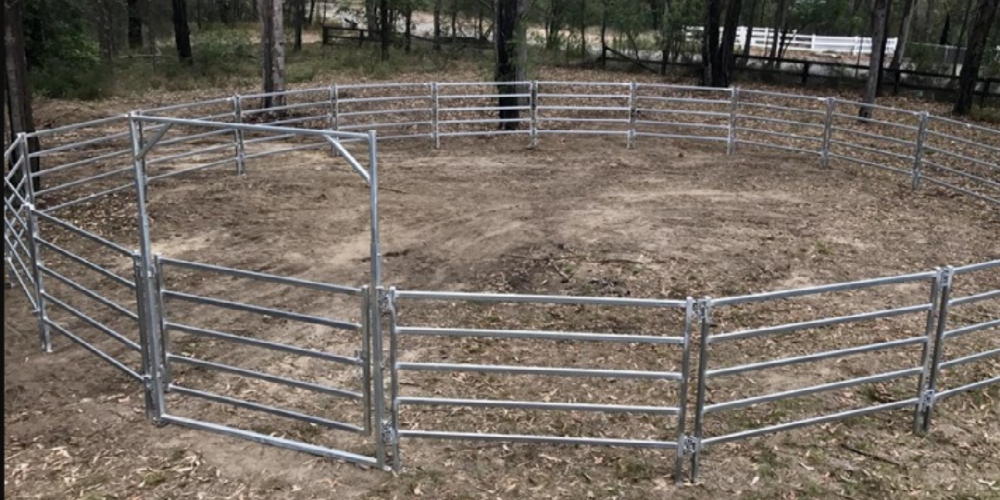Extruded heat sinks also go by the names extruded aluminum heat sinks and heat sink extrusions. These heat sinks have attractive looks are lightweight have strong heat dissipation capabilities and have an energy-saving effect.
Simply defined the process of producing an extruded heat sink material using aluminum heat sink extrusion technology involves heating aluminum ingots to a temperature between 520°C and 540°C at a high temperature and high pressure.
The aluminium heat sink extrusion that we frequently see is then produced after numerous cuts are made to the heat sink extrusion material. Historically, the low-end industry has made extensive use of aluminum heat sink extrusion technology since it is simple to implement and equipment costs are not prohibitive. A typical aluminum heat sink is AL6063.
Manufacturing Process of Aluminium Heat Sink Extrusion
The majority of heat sinks are built of aluminum since it is lightweight and inexpensive. Aluminum heat sink extrusion is manufactured from aluminum alloys within the range of 1050, 6061, and 6060, depending on thermal conductivity and strengthening power. Heat sinks are made of foil, sheets, and fins that are produced by the processes of refining, smelting, and scraping aluminum.
Extrusion
In order to produce aluminum extrusion profiles, frames, and forms, an aluminum billet is heated to a specified temperature and extruded through dies. Heat sinks are developed for electrical cooling requirements throughout the same operation.
Skiving
Cutting the metal into pieces or slices is known as skiving. Plate-fin and flared-fin heat sinks are frequently made using this fabrication technique. Fins can be packed more densely with this method than with extrusion.
Casting
Into a mold, the metal is poured with the help of this technique. Heat sinks are cast using the pressure dies method to preserve high levels of mechanical characteristics. The majority of casting is done for zinc-cast heat sinks.
Milling
An inexpensive method of producing heat sinks from aluminum alloys. This procedure, often referred to as machined heating sinks, involves virtually cutting the material into geometrical shapes.
Certain Advantages of Aluminium Heat Sink Extrusion
A heat sink’s primary job is to control temperature and guard against heating problems, but it can also help guard against breakage and even produce heat if the temperature drops too low. The two main metals utilized to make heat sinks are copper and aluminum.
Thermal Conductivity
The main aspect while manufacturing heat sinks is the outstanding thermal conductivity of aluminum. Additionally, it is well-known for heat dissipation, heating of high-strength metal, and lightweight material. The metal can be shaped into a variety of radiation sinks, including circular sinks and large flat heat sinks.
Strength
Strangeness and high-pressure bearing are two characteristics of aluminum extruded goods. Aluminum can withstand enough pressure without being harmed, regardless of thickness or thinness.
Multiple Surface Treatments
Aluminum can be subjected to a variety of surface treatments with a wide variety of designs and colors, resulting in a finished product that looks appealing and durable enough to be utilized for a variety of devices.
Corrosion Resistance
Another factor contributing to the widespread use of aluminum extrusion heatsinks across industries is the material’s resistance to corrosion and absence of rust.
Energy Efficient
Aside from all of these benefits, aluminum is renowned for its energy efficiency, ease of upkeep, and affordability.
Last Wording
Extruded heat sinks can be made using a variety of different welding techniques, with special fins designed specifically for the devices, and even in a wide range of different colors and sizes. Extruded aluminum heat sinks are ideal for use in mass production or manufacturing as well as for retail purchases because of all the previously mentioned benefits.
















